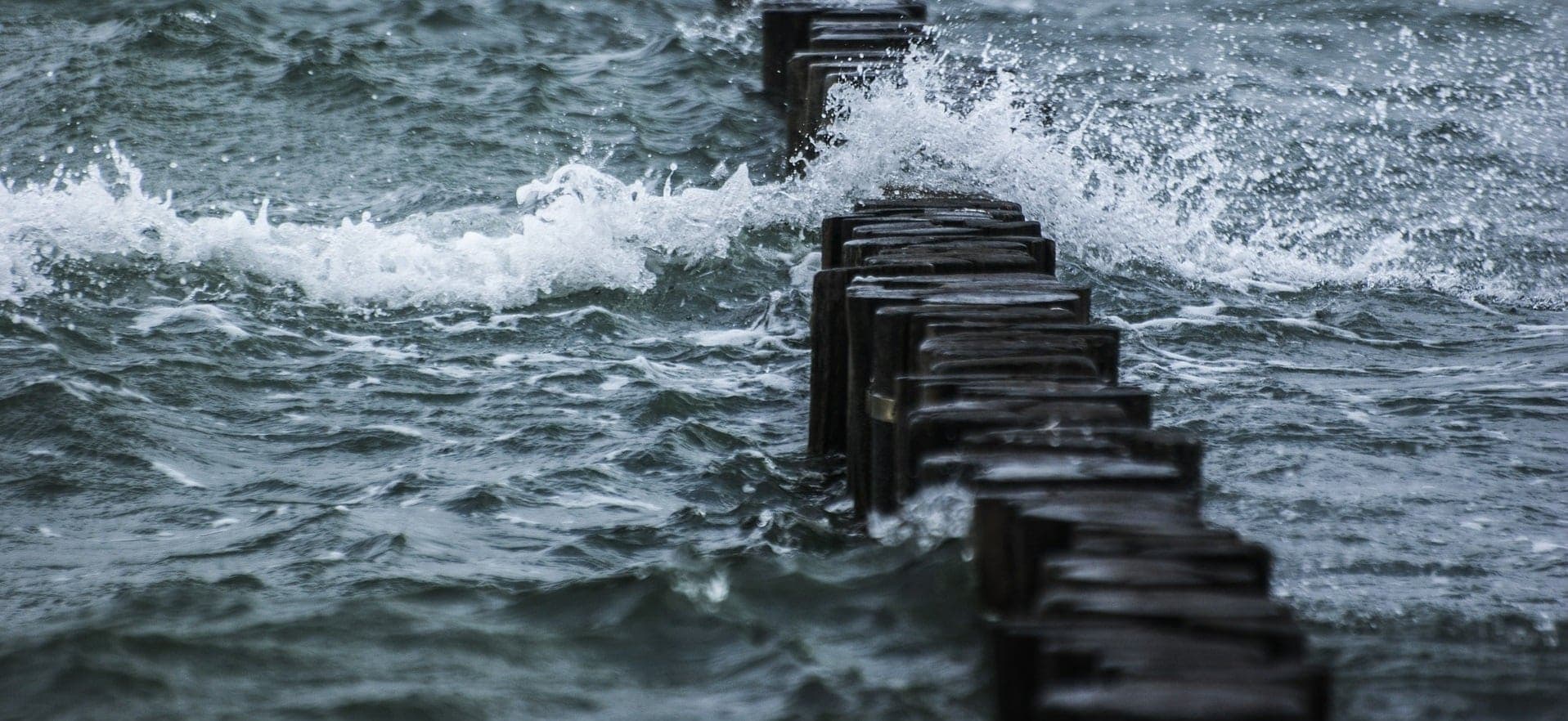
Water, as we all know, is a rare commodity. We’re not talking just about drinking water which we all need, but also the water we use for irrigation in cultivation or for street cleaning. It is estimated that the average daily water use is 200 to 300 litres per person in the majority of European countries compared to less than 10 litres in countries like Mozambique. If every little helps, every drop counts in water management. Technology, in this sense, can also help us to waste less water or to respond more quickly when we begin to detect problems in the way it is managed.
Applying intelligence when common sense is lacking
Many parts of the world, as we have seen, suffer from water scarcity; in others, however, huge quantities of water are wasted every day.
The good news is that we can put intelligent analysis of the information available to work, and even increase the volume of data currently being handled.
In order to do this, we must first use a variety of sensors to provide us with information. [inlinetweet prefix=”” tweeter=”” suffix=””]Applying a range of predictive algorithms, we can then determine how water is being used[/inlinetweet] (whether for watering the lawn, having a shower, or running the washing machine). Each of these different uses is recorded and provides a specific and distinct pattern of water usage. The data thus obtained can then be compared with usage patterns observed throughout a city, and this will allow centralised detection of potential incidents, such as leaks (which appear as deviations from normal usage patterns).
With the application of all these data and predictive algorithms (also known as Big Data), the relevant water management authorities and engineers can predict water demand (for example in coastal locations, where there are significant fluctuations between the high and low tourist seasons). Using this information, water authorities can make improvements in and boost the efficiency of the water supply network, practically in real time. The ability to instantly detect potential water leaks means that the point at which the leak occurs can be identified, repair will be quicker than if such data was not available, and the amount of water wasted will be reduced.
At your house or mine?
But the practical application of Big Data for water consumption can also work in our own homes, thanks to smart water metres.
Smart metres provide loads of information on domestic water use, information that can be sent remotely to the water company servers.
In Spain, an estimated 300,000 private homes have smart metres installed.
What can we do with all this information?
In California, data has already been used to identify households using excessive amounts of water. Basically, this involved applying correlation patterns to the data collected by smart metres, which in turn allowed households who were consuming an excessive amount of water to be identified. Such households were sent a friendly warning in the form of a worried-looking smiley face; households consuming the normal amount received a happy face.
This measure was taken in an attempt to counter California’s worst drought in 100 years.
Water control using Big Data technologies is universal. In the Indian state of Kerala, for example, the Kerala Water Authority (KWA) is also using Analytics and Mobility solutions for better managing water use. The data collected by the systems help KWA to improve monitoring of water metres, reduce deviations in invoicing, and increase income by 10%.
Water treatment
Waste water has always required special treatment. Treatment plants derive benefits from the arrival of Big Data.
Watch this video about ‘How does a desalination plant work’
So, for example, the CEIT-IK4 research centre was one of the drivers of what is known as the Diamond project, which seeks to provide urban sewage treatment plants with an advanced data management system. This has already been trialled successfully in three treatment plants in Spain, Finland and Sweden.
[inlinetweet prefix=”” tweeter=”” suffix=””]The use of Big Data in treatment plants will make it possible to reuse treated water[/inlinetweet], generate electricity from the sludge created by the treatment process, and recover nutrients for use as fertilisers in agriculture.
Data collection in this sector is not new; what is new is the way the data is used, treated and managed. The problem with Big Data is that we can be overwhelmed by the amount of information we receive, with the result that we might think that the data is incomplete, redundant or even inconsistent. By applying Big Data technologies, the data collected by sensors provides information on flows, temperature, dissolved oxygen and other substances, position and level of water in the holding basins, data from laboratory samples, or on weather conditions.
The system receives all of this data, analyses, corrects and complements where necessary, and then extracts information so that the operator can take the most appropriate decisions at any given time. In this way, the operator has a full, real-time overview of the condition of the plant. The system has already been successfully trialled in three sewage plants in Guipúzcoa (Spain), Finland and Sweden.
Big Data for all
The tools and technologies associated with Big Data are not exclusive for water management, but are used in almost all sectors. Netflix and Amazon are amongst major companies that have successfully used these technologies.
Banks, transport companies, cities, pharmaceutical companies and even applications such as keyboards for smartphone are other areas where Big Data has been used successfully.





There are no comments yet